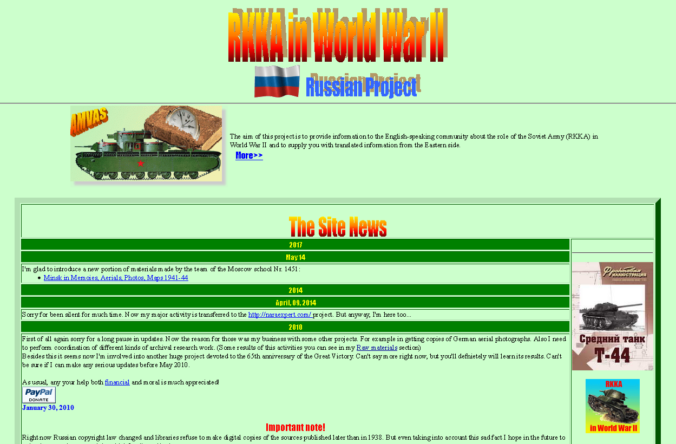“Comrades the Fascist hoards are upon us. They believe that one kick will crush us but we will not even break our step. I, uncle Joe, who has purged us clean of undesirables askes you now to reveal to me your plans so that we may stand strong in the face the Hitlerites and their fascist lapdogs. Speak wisely for the Gulags await those who fail our beloved Motherland”
The Soviets realise that their main allies are space and time. Accordingly their plan is to trade space to gain time and preserve units where possible.
The plan calls for 3 lines of resistance to be held with varying levels of determination.
Line One: The frontier. Light resistance. Units have been deployed along the border as much as possible especially where natural defences provide protection. The Reds have a uniform line of 6 points each running on the border around Memel then picking up the river line to Grodno. From there the MLR runs straight to Brest along the front of the forest/swap line. Up to this point all the mech corps are held as far back as possible on/adjacent to rail lines ready to pull out and/or interdict breakthroughs. The exception is the 3 hex “gap” between the river and good terrain SE of Grodno where two corps hold the front line. (forward of this line a minimal garrison holds the frontier). From Brest the line runs along the frontier till that turns West around Lvov. Here the MLR carries on straight to the city with Mech corps and AT teams bolstering the infantry on either flank although again most Mech is held back in reserve. From the Hungarian border the line is of course too thin for a continuous line and will pull back to the old border at the start of hostilities . The forces against the Fins are deployed on the front line with winterized divisions in the far north broken down to cover rail and road connections and minimise the threat from by-passing Axis.
Line 2: The mid line; moderate resistance; is planned to run from Narva through Pskov then east and south on the edge of the swamp line to Veliki Luki. Here straight south through Vitebsk to Orsha and then south along the river to the sea.
Kiev and the crossing points at Cherkassy and Kremenchug are to be fortified held at all costs.
Line 3 The last Redoubt; Maximum resistance; When line2 becomes untenable the army is to fall back to the last stand. In the north the line may need to pull back to the Narva river to Novgorod but it is anticipated that the centre will cave as the Moscow highway is forced and the Axis cross the upper reaches of the Dnepr so the line will then skirt the Valdai hills to a fortified line in front of Moscow/Tula. In the south once Kiev falls and the Dnieper is breached the Soviets plan to fall back rapidly to the Kharkov /Stalino/Mariopol line . The twin cities of Dnepropetrovsk and Zaporozhe are to be held as long as possible deny the Axis the Crimea.
Attacks: Are to be minimal until the Axis reach line 2. It is hoped that the majority of the Mech will have survived to form strong islands of resistance and some counter attack capability against the panzers who should be temporarily separated from their infantry support at this point.
One fantasy I have always harboured is to launch a full scale attack on Southern Finland to try and force an early surrender. This would release a whole army for the main front and should secure a northern supply route for Leningrad if needed. Unfortunately I have never been able to spare the troops for such an adventure, despite the rewards it could bring – perhaps this time.

